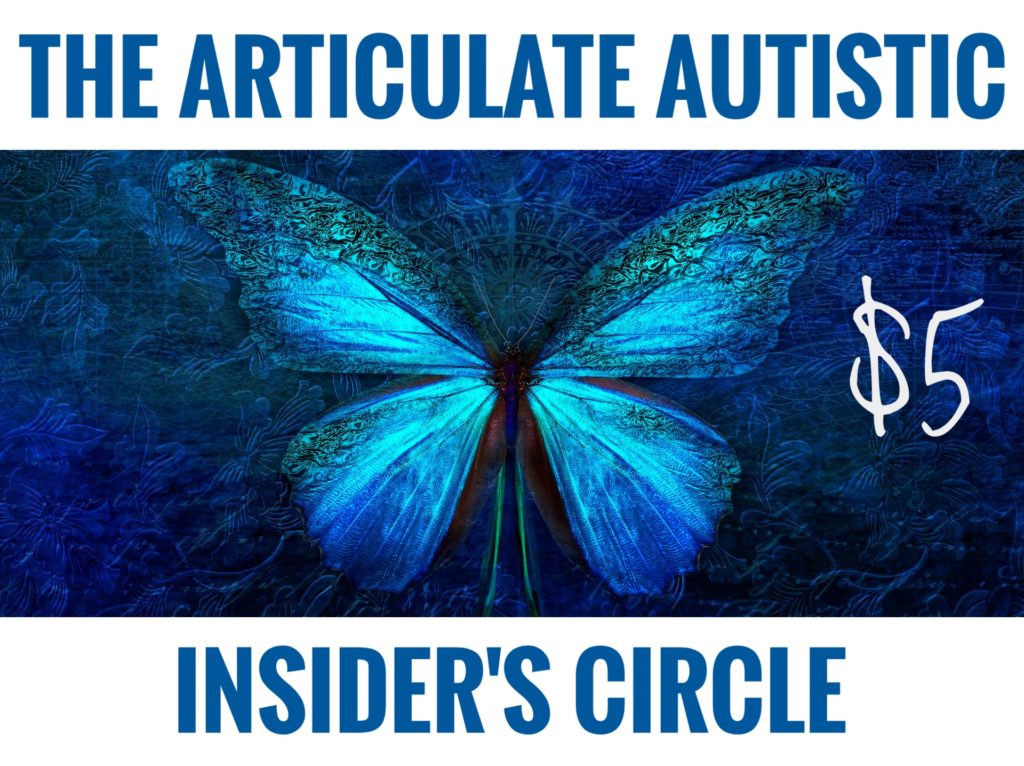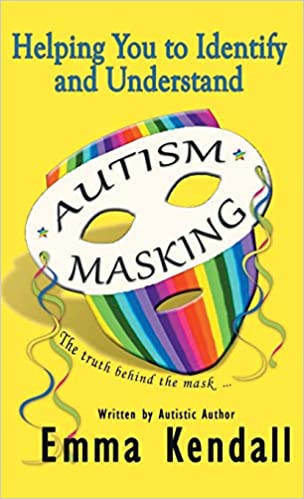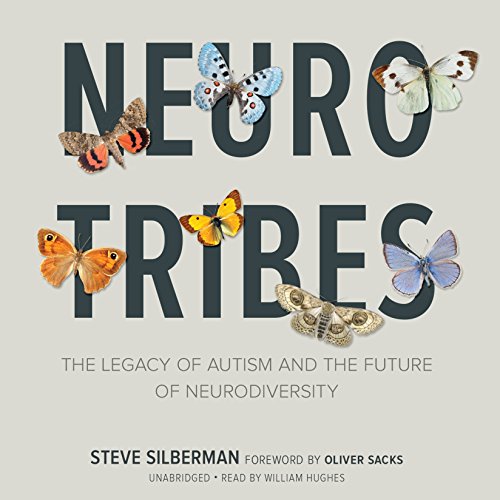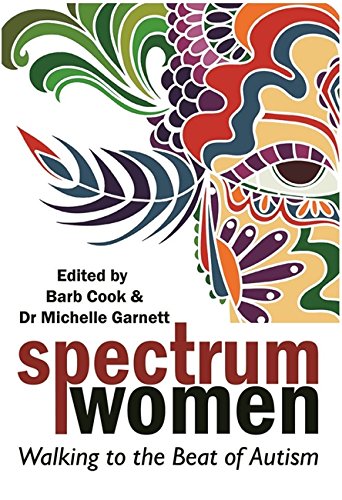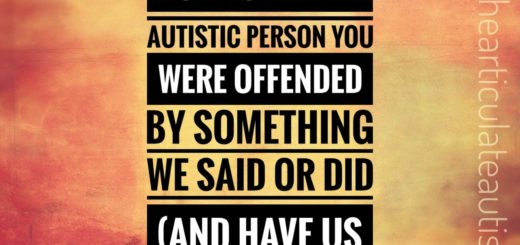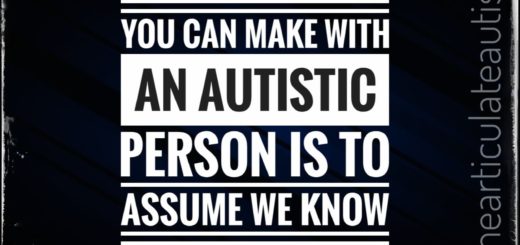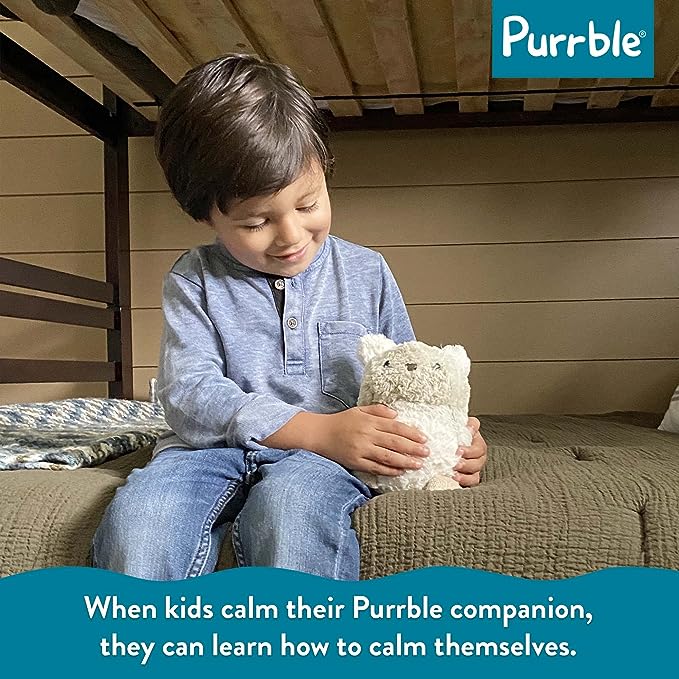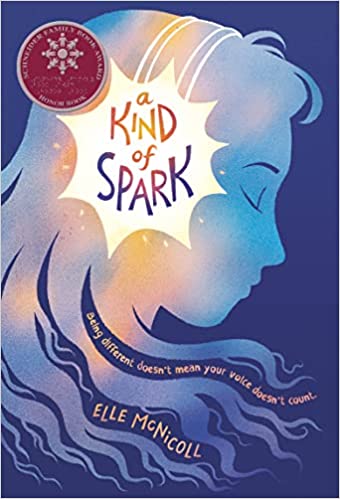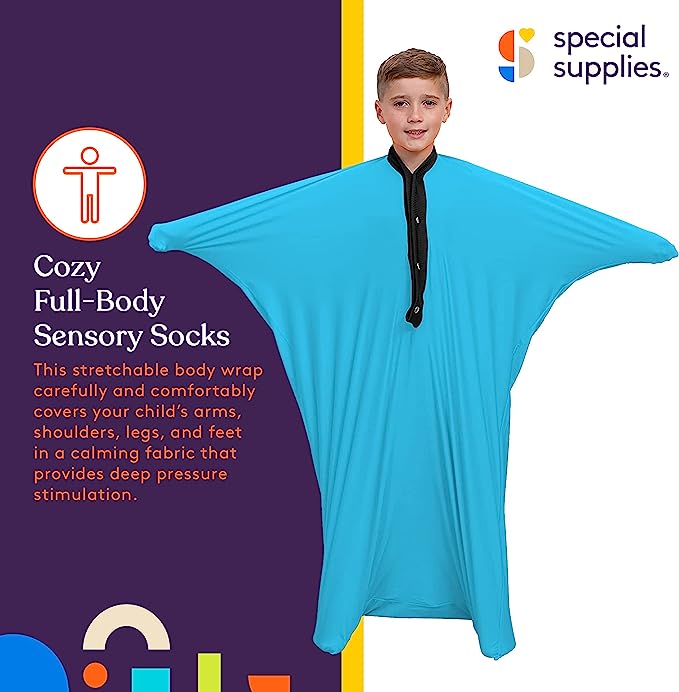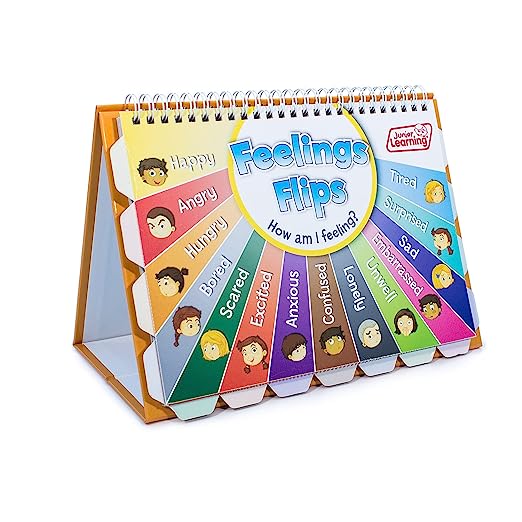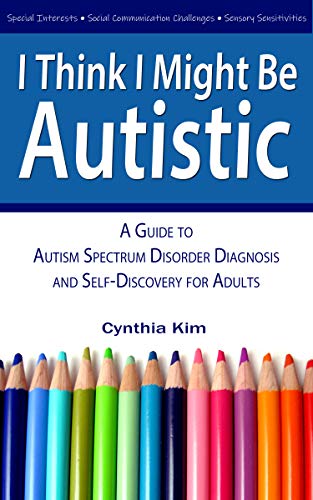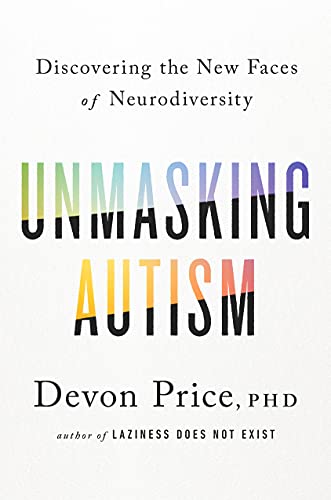“I Don’t Know What That Means” Is a Request for More Information
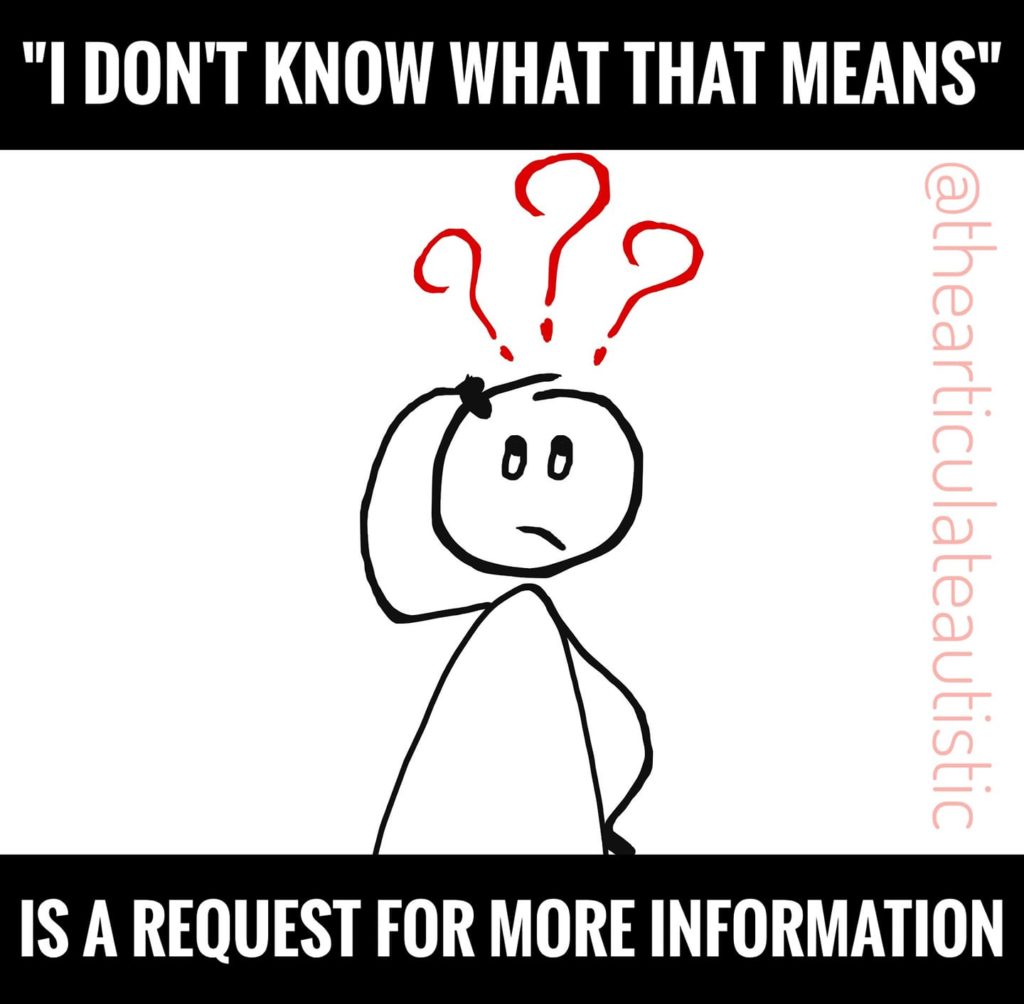
Neurodivergent (ND) people, does this exchange sound familiar to you?
NT person: “Well, how do you like them apples?”
ND person: “What apples?”
NT person: “It’s an expression.”
ND person: “I don’t know what that means.”
NT person (annoyed): “Oh, never mind!”
ND person: ???
How about this one?
NT: “Will you wash the rice?”
ND: “What does that mean?”
NT: “Oh, for Pete’s sake, I’ll just do it myself!”
(This example comes from a comment from an ND person a while back. Apparently, “washing rice” means rinsing the starch off before cooking it? I had no clue!)
Here’s another.
NT: “I need you to shovel.”
ND: “The driveway?”
NT: “Yes. The driveway, the sidewalk, and where Dave and Jean usually park their car.”
ND: “Who are Dave and Jean?”
NT (irritated): “Our neighbors from across the street?”
ND (not realizing they existed until this moment, but not wanting to say anything): “Um, yeah, OK. Where do they usually park again?”
NT: “Across the street in that little patch of asphalt! You’re telling me you’ve never seen their neon green bug?”
ND (really confused now): “Bug? What do insects have to do with shoveling?”
NT (exasperated): “Dear God, I’ll shovel the snow myself! The crap you pull to get out of doing things, I swear!”
ND: ???
OK, so the third example is a bit funny from the outside looking in, but not in the moment for either neurotype. It’s not fun. It’s scary and confusing and causes us both to mistrust each other.
Something I’ve noticed a lot that I don’t understand is that when an ND person says they don’t know what something means, the NT person says, “Nevermind” and walks away.
The ND person is revealing their confusion in the expectation that the NT will fill in the gaps.
I think this is one of the few instances where we can be a bit ambiguous. We don’t always say, “Tell me what this means” but “I don’t know what this means” or a variation thereof, and we understand it to mean,
“Wait. Hold on. I don’t have all the information I need. Please explain the idiom, request, etc., so we can proceed with the conversation because my brain just got stuck in the ditch that is my confusion, and now I’m just spinning my wheels and cannot get unstuck until you give me a push (fill in the blank space where the needed information goes).”
– Jaime A. Heidel
It’s not an attempt to dodge a task or avoid a conversation as many NTs seem to see it. It’s a literal request for more information so we can stay on the same page and continue the dialogue with you, not end it.
The best way to improve communication with your autistic loved one is to understand how your autistic loved one’s mind works! Intentions, motivations, and personal expressions (facial expressions or lack thereof, body language, etc.), are often quite different in autistic people than they are in neurotypical people.
Experience a better understanding of your autistic loved one by reading books about life from an autistic perspective as well as stories that feature autistic characters. You’ll have so many “Ah ha!” moments and start seeing your autistic loved one in a different light (and you’ll have a better understanding of their behaviors, which you may have been misinterpreting up until now).
Books I recommend for a better understanding of your autistic loved one:
Follow me on Instagram.
Want downloadable, PDF-format copies of these blog posts to print and use with your loved ones or small class? Click here to become a Patreon supporter!
